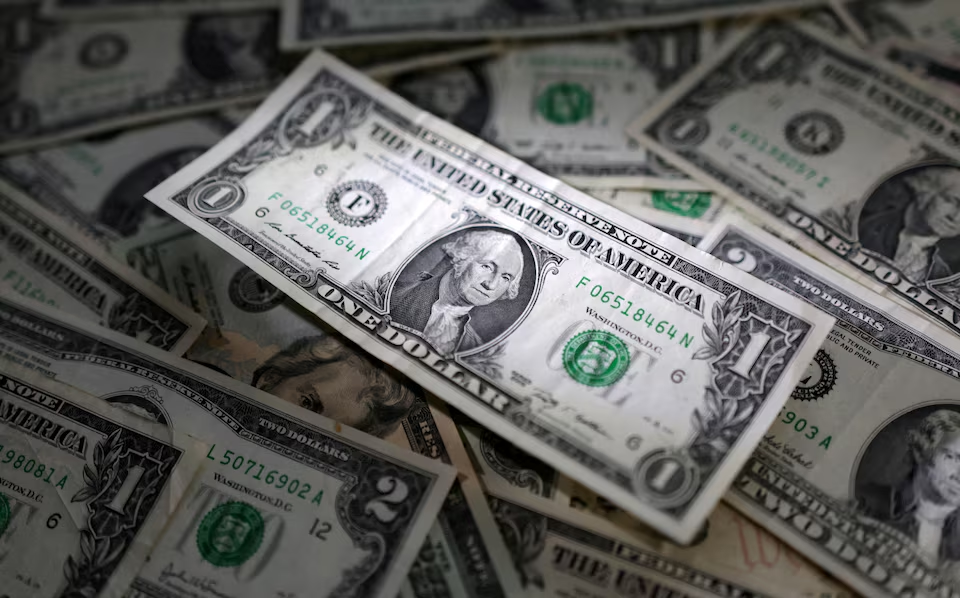The U.S. dollar was on track to post an annual gain against almost all major currencies on Tuesday, while the Japanese yen was among the biggest losers, as the prospect that the Federal Reserve will hold interest rates higher than peers led the U.S. currency to dominate rivals.
Traders have adjusted for the U.S. central bank to take a slow and cautious approach to further rate cuts next year as inflation remains above the Fed’s 2% annual target.
Analysts also expect policies to be introduced by president-elect Donald Trump, including business deregulation, tax cuts, tariffs and a clampdown on illegal immigration, to boost growth and add to price pressures next year.
That has sent yields on U.S. Treasuries higher and the bolstered demand for the U.S. currency.
“Yields in the U.S. have adjusted higher to price in the potential inflationary impact from the incoming Trump administration’s policy agenda including tariff hikes, tighter immigration policy and maintaining loose fiscal policy,” said Lee Hardman, senior currency analyst at MUFG.
The dollar index <=USD> was last up 0.18% on the day at 108.24. It is headed for an annual gain of 6.8%.
Trading volumes were thin on Tuesday before the New Year holiday on Wednesday.
The Japanese currency was on pace for its fourth yearly loss against the greenback as it suffers from a wide interest rate differential between Japan and the United States.
Analysts expect the Japanese currency to eventually be supported by further Fed easing and interest rate increases by the Bank of Japan. Until then traders are also on watch for intervention by Japanese authorities, after they stepped in to support the currency several times this year.
Stocks closed down Monday on the second-to-last trading day of 2024 – a year in which all three major indexes posted strong double-digit gains.
The greenback was last up 0.06% at 156.93 yen and on track for a 11.2% yearly gain.
The euro was last down 0.24% at $1.0382 and on pace for a 5.7% yearly decline, with traders expecting the European Central Bank to be sharper with its cuts than the Fed.
Sterling weakened 0.18% to $1.253 and was on course for a 1.4% fall in 2024, the strongest performance of any major currency against the dollar this year.
The Australian and New Zealand dollars were trading close to their two-year lows. The Aussie was set for a drop of around 8.8% this year, its weakest yearly performance since 2018. AUD/
The kiwi poised for a decline of nearly 11% in 2024, its softest performance since 2015.
In cryptocurrencies, bitcoin gained 4.18% to $95,765.00. It reached a record high of $108,379.28 on Dec. 17 and is set for a 125% rise this year.
